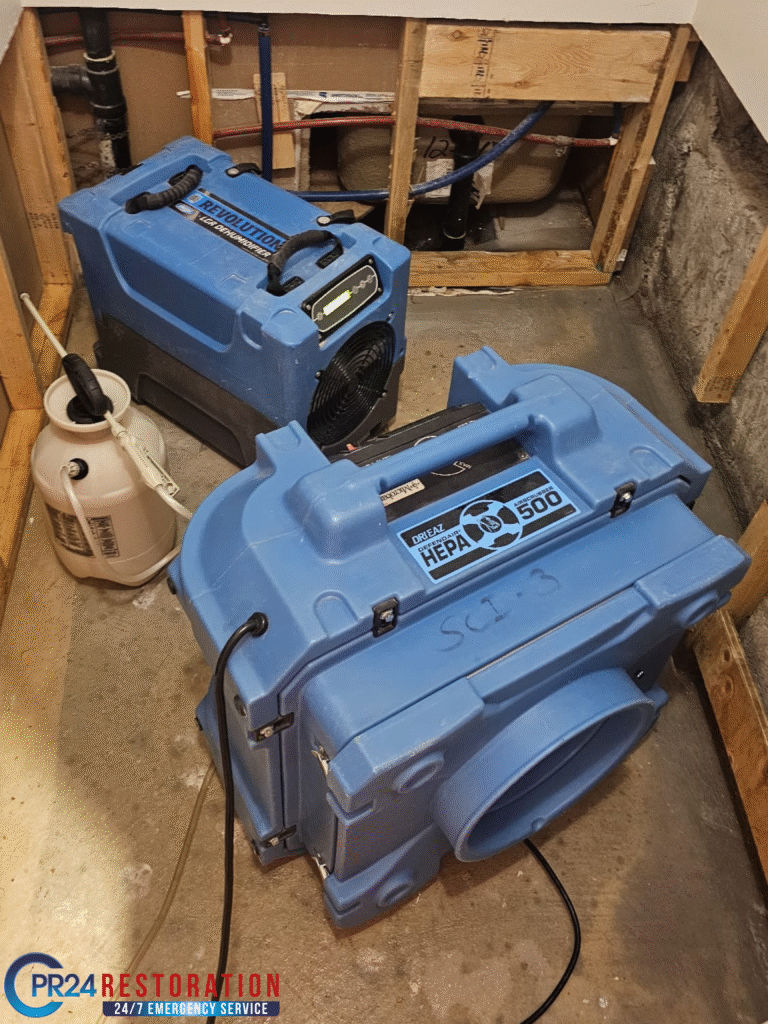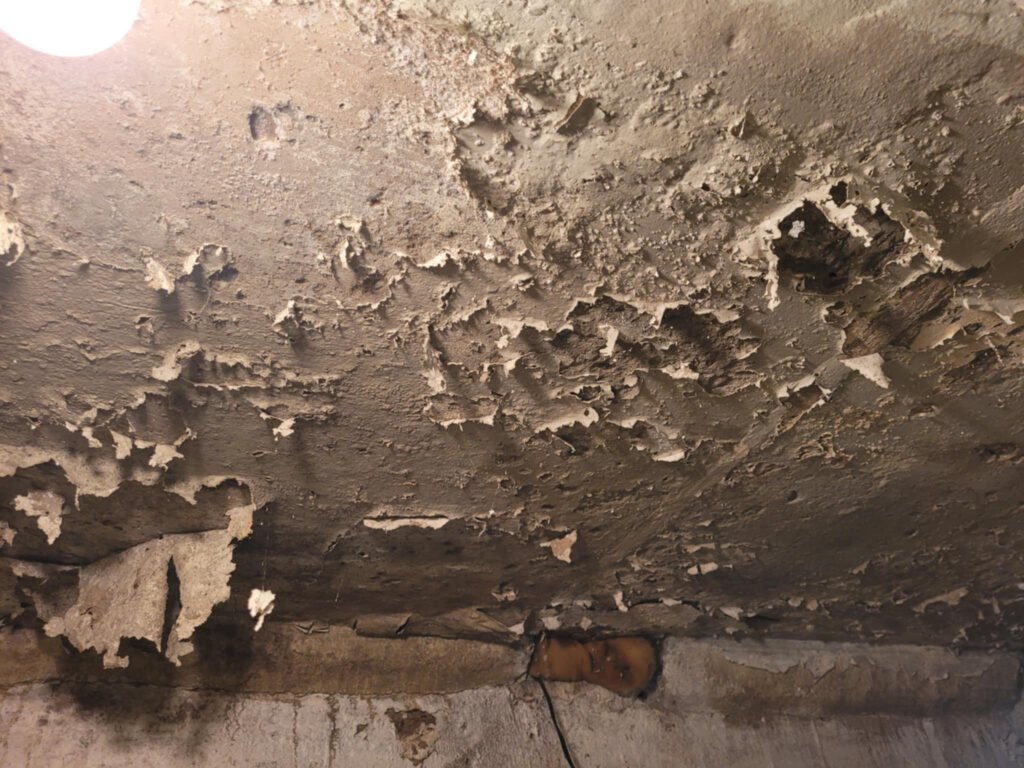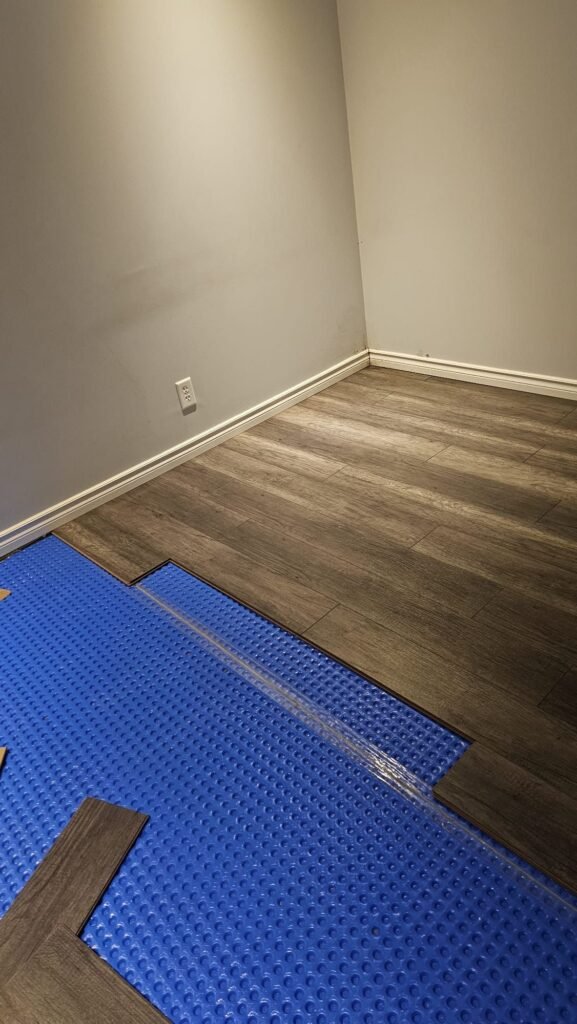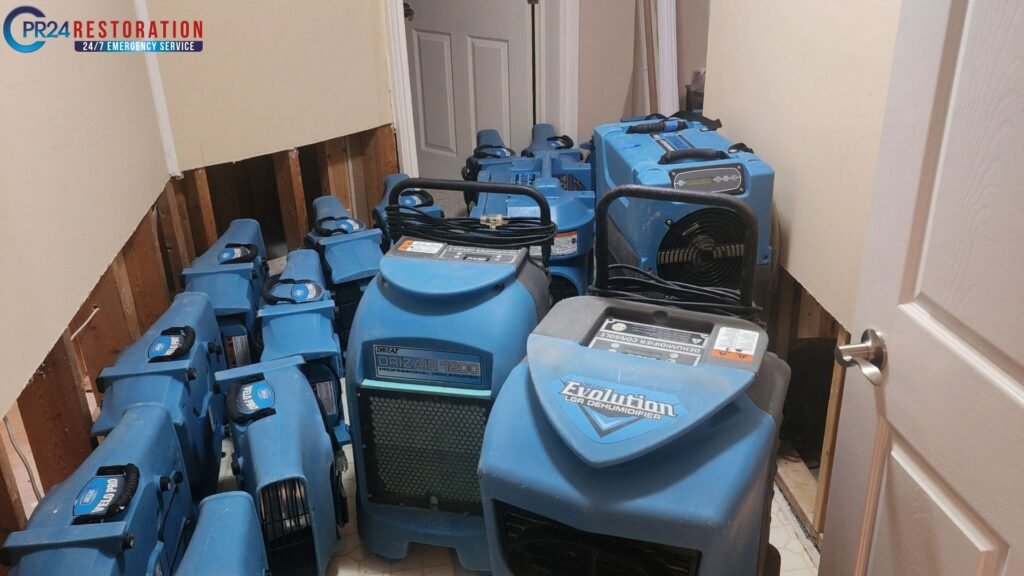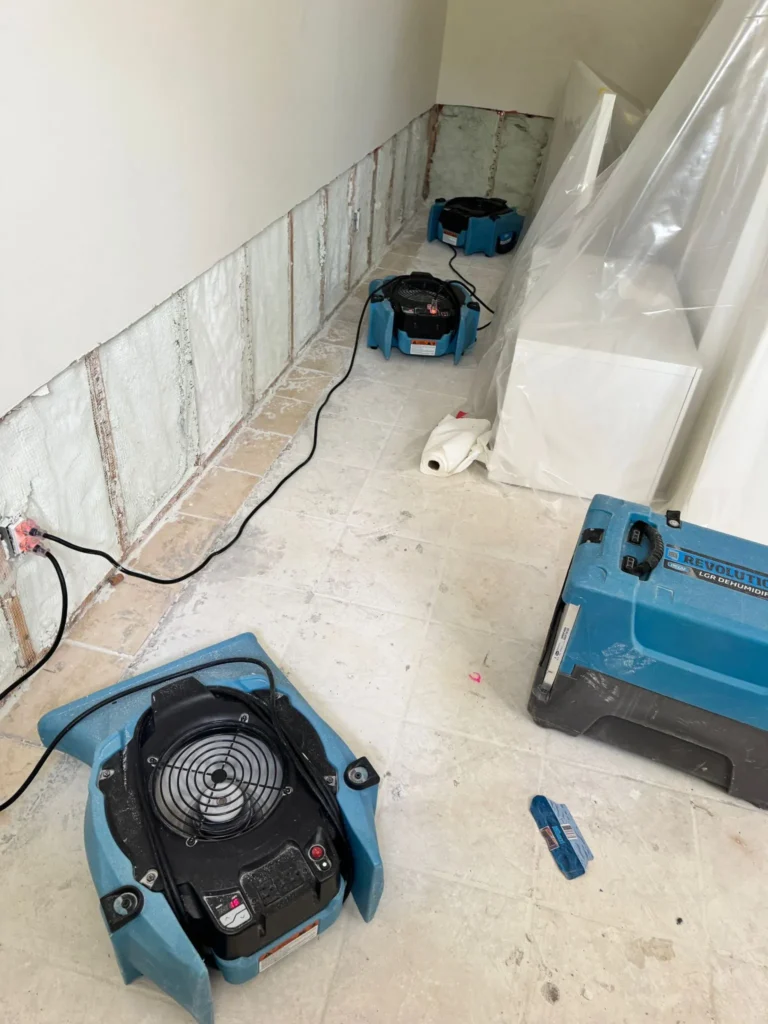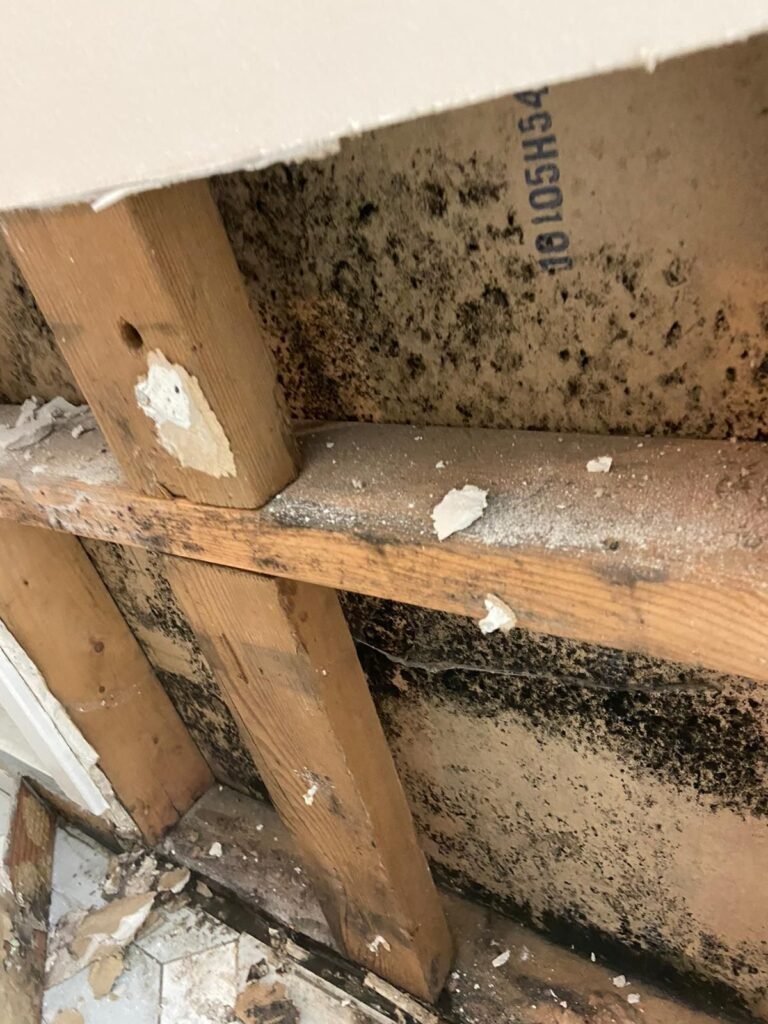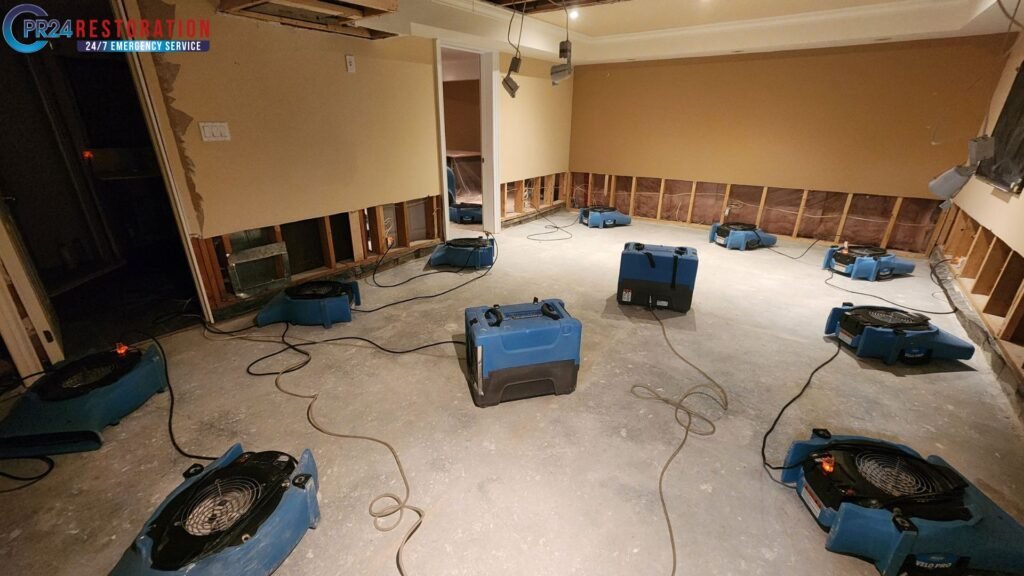Water Damage Restoration Thornhill
Your property needs quick water damage restoration when unexpected flooding strikes in Thornhill. Quick action prevents serious structural damage and health risks when water invades your home or business. PuroClean understands how stressful water emergencies can be for homeowners and business owners. Our team brings 15 years of restoration expertise to Thornhill, Ontario. We arrive at your property within 45 minutes during water emergencies. Our 24/7 emergency response team handles flooded basements Thornhill, sewer backups Thornhill, burst pipes Thornhill, and all flood services Thornhill. We are part of a network with over 400 offices in North America. This helps us find a lot of expertise for every water damage project in Thornhill. This blog explains our detailed approach to Thornhill water damage restoration. You’ll learn about common issues affecting Thornhill properties and steps to protect your investment. Common Causes of Water Damage in Thornhill Thornhill homeowners face special water damage issues. This is due to local weather patterns and the design of their infrastructure. They need to know why these issues happen to prevent damage and act quickly when problems arise. Burst pipe Thornhill in the winter months The cold winters in Ontario can cause pipes to burst. This happens when temperatures change quickly, making pipes freeze and break. Pipes can freeze when temperatures drop below 15 degrees Celsius. Water supply lines connected to outdoor equipment like garden hoses, sprinkler systems, and swimming pools break easily. Pipes near outside walls, crawl spaces, or attics need proper insulation. Local plumbers say that waiting too long to fix frozen pipes can get pricey and cause major property damage. Sewer backup Thornhill issues in older homes Sewer problems are a major concern for residents in Thornhill’s 50-year-old neighbourhoods. These backups occur when lateral pipes that connect homes to city sewer lines trap wastewater. The problems get worse during heavy rains as flood drains back up and force water through floor drains. Older homes face more risks because their pipes often break or clog. The August 2005 storm showed how bad things can get – 37 homes had basement drain backups, and 18 of them dealt with raw sewage. Appliance leaks and plumbing issues Flood damage Thornhill often comes from household appliances and plumbing that slowly wear down or suddenly break. A leaky faucet or running toilet wastes up to 200 gallons daily, which doubles what a family normally uses. Watch out for slow drains, bad smells, toilet problems, and gurgling sounds from drains. Most water loss inside homes happens because of broken fixtures and pipes. The City of Vaughan calls these “accidental leaks” that lead to shocking water bills. Flood damage Services Thornhill Storms have hit Thornhill hard over the years. The area saw three 100-year storms in 2005, 2013, and 2017 that overwhelmed drainage systems. The August 2005 storm dumped 103mm of rain in just one hour, with some areas getting up to 175mm. South Thornhill residents faced $5.57 million in damage from this storm alone. Homes in low-lying areas like the Aileen-Willowbrook neighbourhood face higher risks during heavy storms. Roads, catch basins, and stormwater systems often flood when too much rain falls too quickly. Emergency Water Damage in Thornhill Water disasters in Thornhill need quick professional help to avoid major reconstruction costs. Local restoration companies provide emergency services that minimize damage and start the recovery process right away. 24/7 emergency response availability Water damage doesn’t wait for business hours. That’s why Thornhill restoration services keep emergency response teams ready around the clock. Local companies provide help at any time of day or night. You can expect teams to arrive at your property within 45 minutes after your call. Quick action substantially reduces water damage and repair costs in Thornhill. The first 24-48 hours after water exposure are vital to prevent structural damage and mold growth. Original damage assessment and containment Restoration specialists start with a complete assessment to understand the damage scope. They check the water source, look at affected areas, and determine contamination levels (clean, gray, or black water). The team takes immediate steps to stop water from spreading. This might require emergency electrical work, temporary plumbing fixes, or securing your property against further damage. Teams document everything with photos, videos, and written reports that help with insurance claims. They make custom plans to fix your property after an emergency. They also list steps to return it to its original state. Water extraction and moisture detection Thornhill Thornhill’s modern water damage restoration uses advanced technology to remove water quickly. Teams use strong pumps, wet vacuums, and special tools to remove standing water from carpets, floors, and basements. They use thermal imaging cameras and infrared technology to find hidden moisture that regular inspections might miss. These detection systems find water hidden in walls, ceilings, and under floors. Moisture in these areas can cause damage or mold growth. After extraction, powerful air movers and industrial dehumidifiers remove remaining moisture. This creates conditions that stop mold growth and prepare the space for cleaning and repairs. Step-by-Step Thornhill Water Damage Restoration Process Our IICRC-Certified Thornhill water damage restoration company uses a step-by-step approach to restore properties to their original condition. Thornhill restoration experts use proven methods that reduce potential risks and help properties recover fully. Inspection and damage evaluation Our IICRC-Certified technicians start with a detailed assessment of the property. They find the water source. They decide the damage type: clean, gray, or black water. Then, they make a custom restoration plan. The technicians take photos and measurements of all affected areas. This documentation helps with insurance claims and provides accurate timelines and cost estimates for full recovery. Water removal Thornhill The team uses powerful pumps and industrial vacuums to remove standing water after completing the assessment. They move furniture and affected items to prevent further damage. Advanced moisture detection tools like infrared cameras and hygrometers find hidden water in walls and subflooring. The team then uses industrial dehumidifiers and specialized air movers to speed up moisture evaporation. This creates conditions that stop mold growth and prepare surfaces for cleaning. Thornhill Cleaning and

